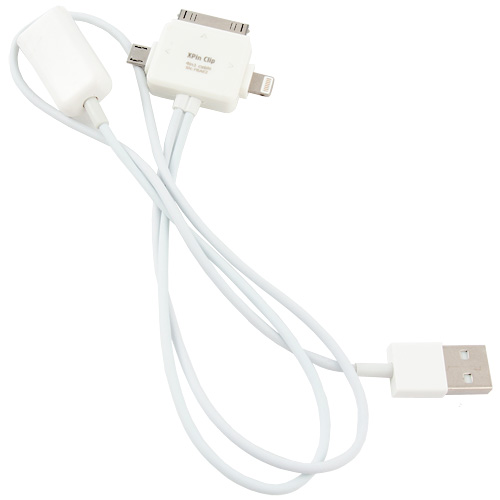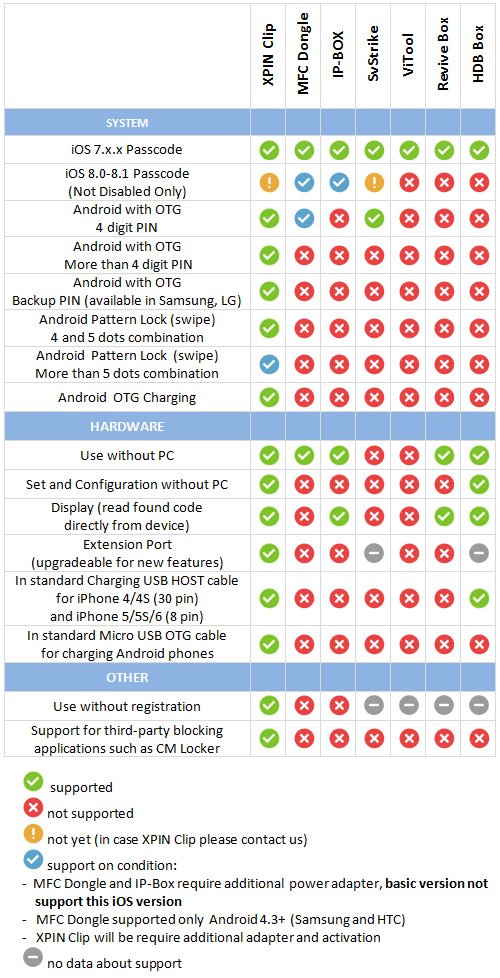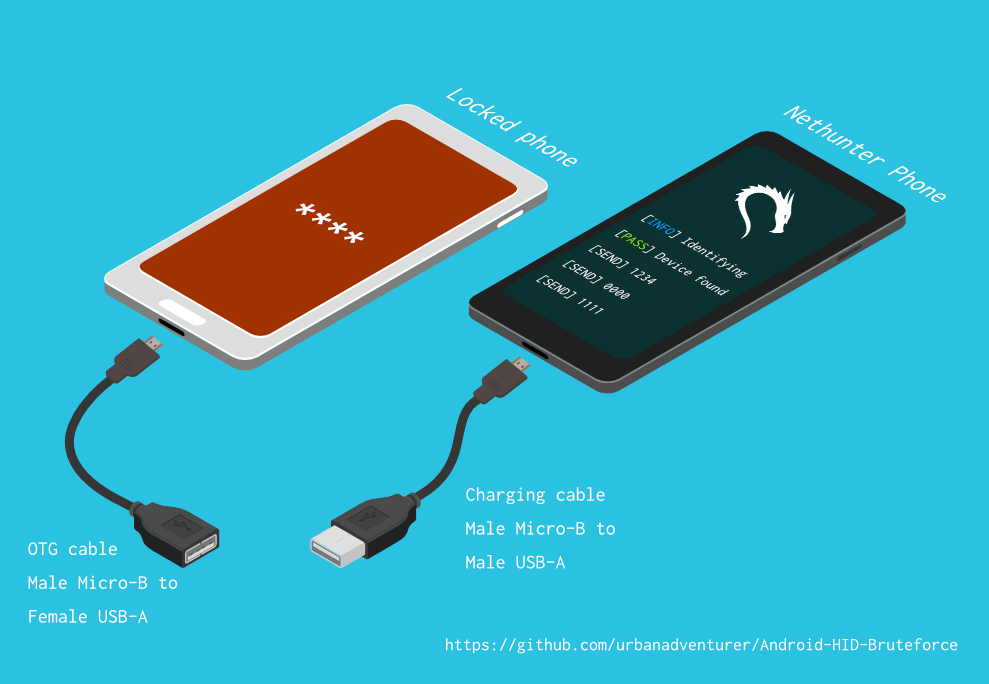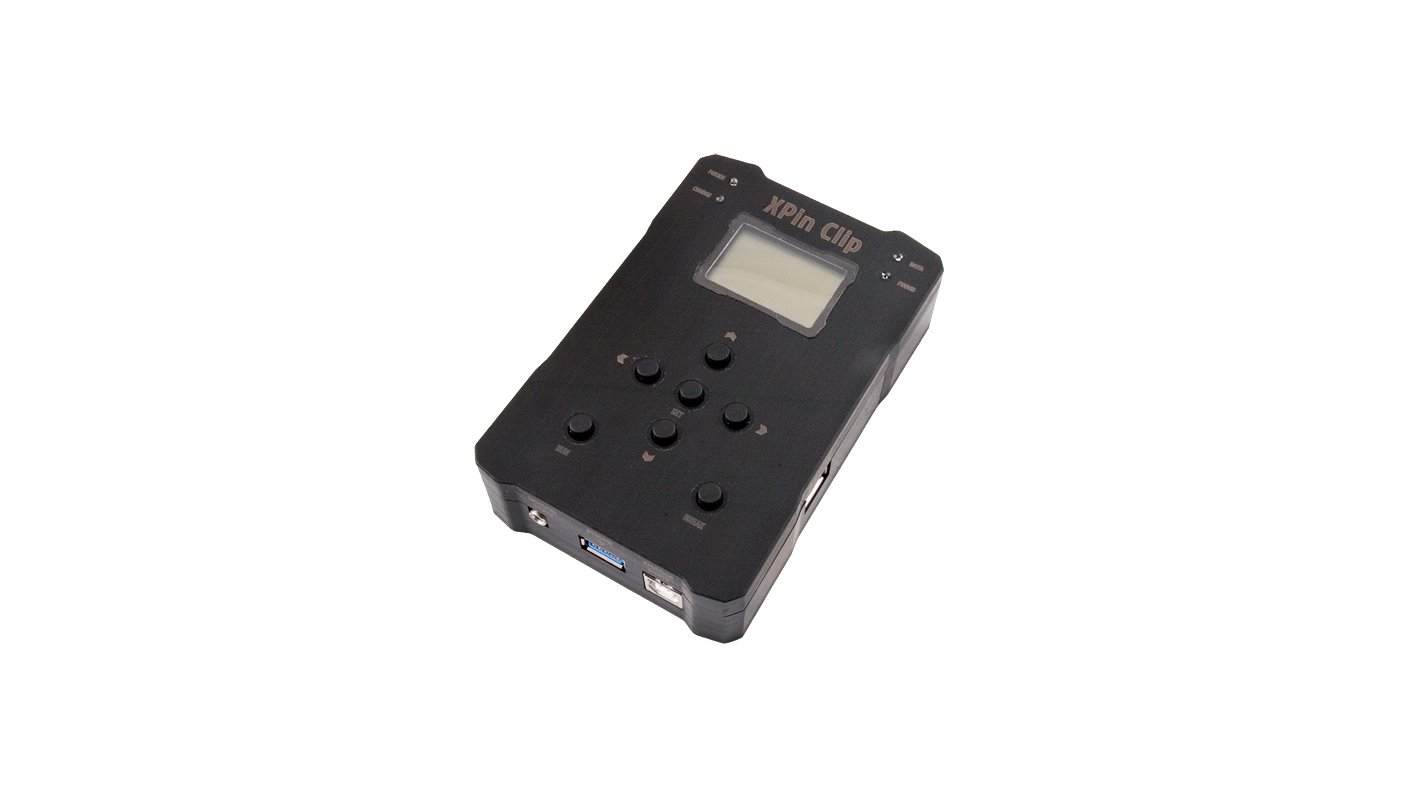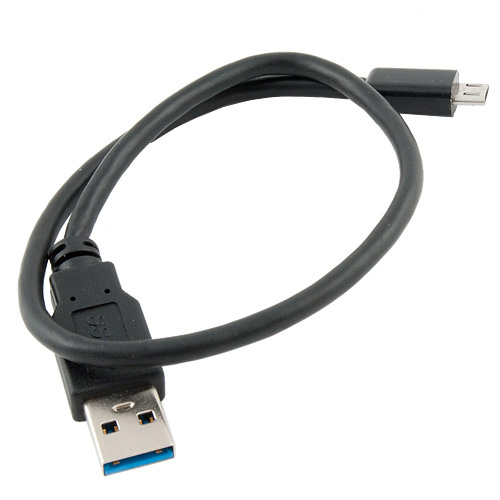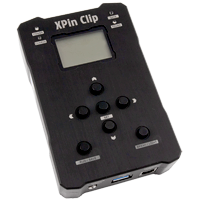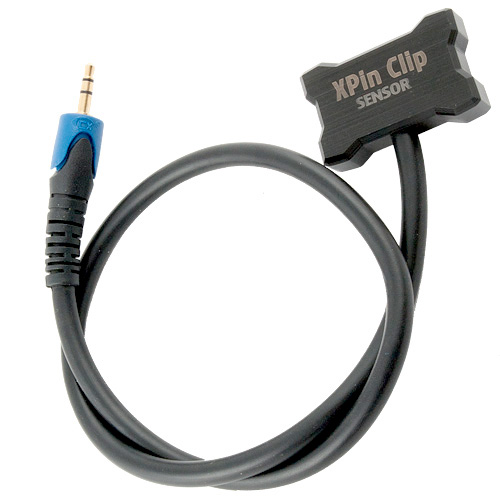
hqdefault.jpg?sqp=-oaymwEjCPYBEIoBSFryq4qpAxUIARUAAAAAGAElAADIQj0AgKJDeAE=&rs=AOn4CLBDJBkIeAJAgGo8tzgChDoQpwNTug

hackerfantastic.crypto on Twitter: "Access code unlocker on Android 4.x - 6.x PIN w/USB OTG, Android (v?) pattern/swipes, iOS7.x.x-IOS8.2, HID mouse attack & MBP EFI PIN. This unit actually performs as expected, works

XPIN Clip with Cable Set - get user passcode from iPhone/iPad & PIN/Backup PIN/Pattern from Android. - Buy Online - 57318093

Photography Phone Case for iPhone 11 Pro MaxThin/Protecive/Professional Photo Case with 17mm Thread for Camera Phone Lovers|Phone Case & Covers| - AliExpress




